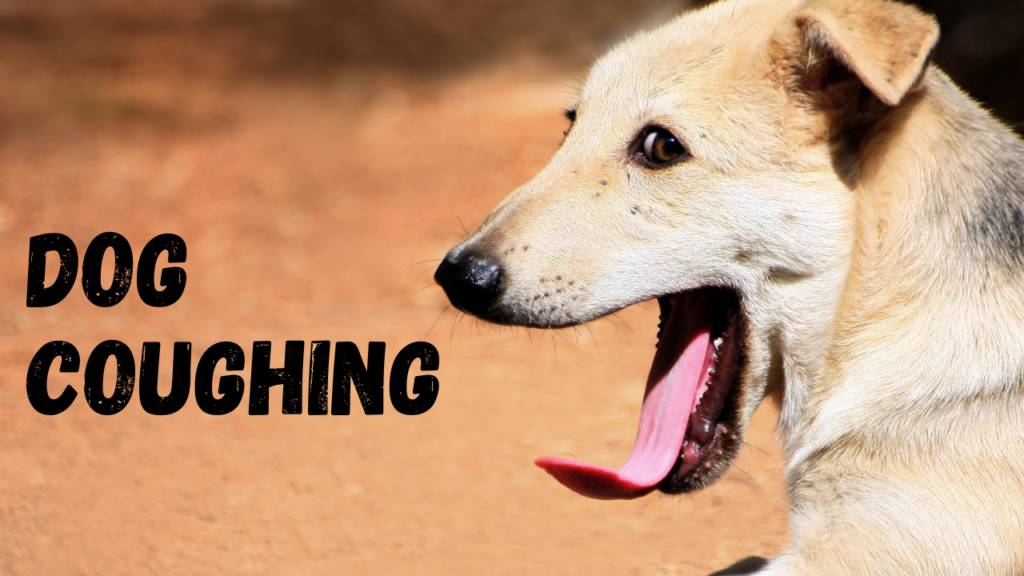If your dog is itching, sneezing, or having a mild allergic reaction, you might be wondering: “Can I give my dog Benadryl?” The good news is that it can be safe for dogs—but only when given in the right dose and form. In this article, we’ll walk you through everything you need to know about giving this to your dog: how much to give, when to give it, and when to avoid it.
What Is Benadryl?
Benadryl is a common over-the-counter medication for humans. Its active ingredient is diphenhydramine, an antihistamine that treats allergy symptoms like sneezing, itching, hives, and more. Luckily, it can also be used for dogs—but only under certain conditions and dosages.
When Can Dogs Take Benadryl?
This is often used to treat the following in dogs:
- Seasonal or environmental allergies
- Itching or skin irritation
- Insect bites and stings
- Mild allergic reactions
- Motion sickness during travel
- Anxiety or fear during fireworks or thunderstorms
💡 Note: This is not a cure. It only helps relieve symptoms. Always talk to your vet if symptoms persist.
READ ALSO: Healthy Treats for Dogs
Correct Benadryl Dosage for Dogs
The general dosage for dogs is:
1 mg per pound of body weight, given every 8–12 hours (2 to 3 times a day).
Here’s a quick guide:
- 10 lbs dog → 10 mg
- 25 lbs dog → 25 mg
- 50 lbs dog → 50 mg
- 75 lbs dog → 75 mg
Example: A 30-pound dog can take 30 mg of Benadryl, which is usually one adult tablet (standard tablets are 25–30 mg).
Important Safety Tips
Before you give your dog this, keep these precautions in mind:
✅ Use plain Benadryl only
Avoid products with added ingredients like decongestants, acetaminophen, or alcohol. These can be dangerous for dogs.
✅ Double-check the dosage
Never guess. Use a digital scale to know your dog’s weight accurately before dosing.
✅ Liquid Benadryl for small dogs
If your dog is under 10 lbs, a children’s liquid Benadryl may be safer (check that it contains only diphenhydramine and no xylitol or alcohol).
✅ Check with your vet
If your dog has any medical conditions (heart disease, glaucoma, high blood pressure, etc.), ask your vet before giving it to your dog.
Possible Side Effects of Benadryl in Dogs
Most dogs tolerate it well, but side effects can include:
- Drowsiness or sedation
- Dry mouth
- Urinary retention
- Upset stomach
- Hyperactivity (especially in some breeds)
If your dog shows severe symptoms like vomiting, diarrhea, or trouble breathing, seek veterinary care immediately.
When Not to Give Benadryl to Dogs
Avoid giving this in the following cases:
- If your dog is pregnant or nursing
- If your dog has heart problems or high blood pressure
- If your dog is already on other medications
- If your dog has had a bad reaction to antihistamines before
Can I Give it to My Puppy?
This is not recommended for puppies under 6 weeks old unless directed by a vet. Their systems are more sensitive and may react unpredictably.
Final Thoughts
This can be a helpful, quick fix for common dog allergies and discomfort, but it’s not without risks. Stick to the 1 mg per pound rule, avoid extra ingredients, and always talk to your vet if you’re unsure. Your dog’s health is worth the extra care.

Andy Parker is a dog lover, writer, and senior editor at BarkPicks. With years of experience covering canine health, training, and gear, he helps pet parents make smarter choices for happier, healthier dogs. Andy shares his home (and heart) with two rescue pups, Charlie and Mia.



